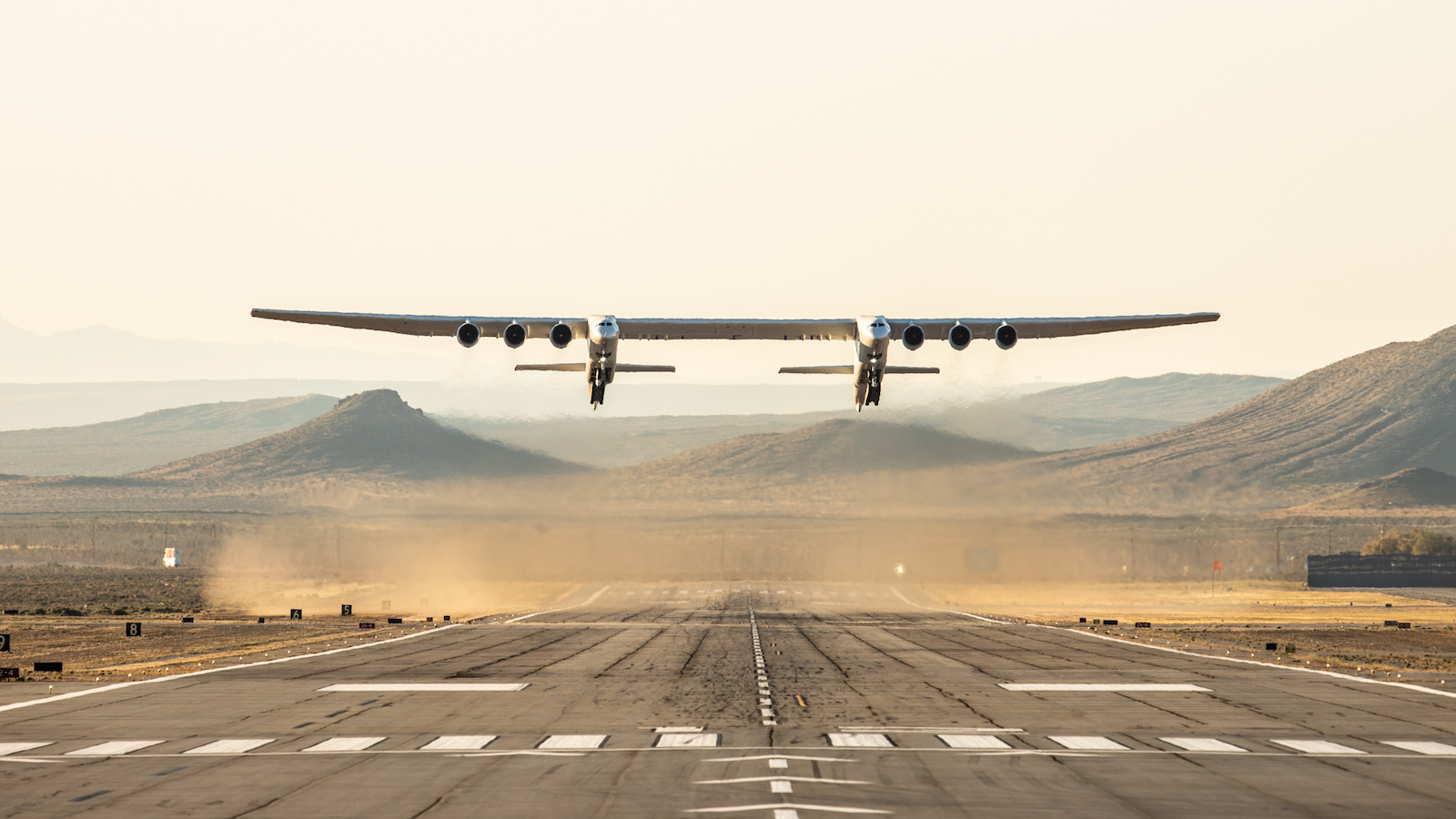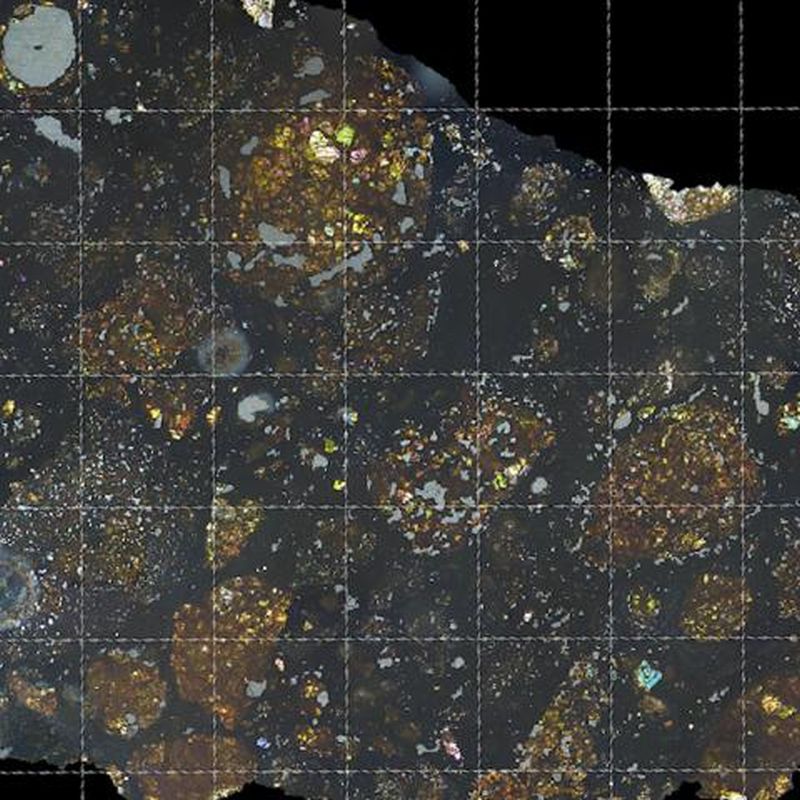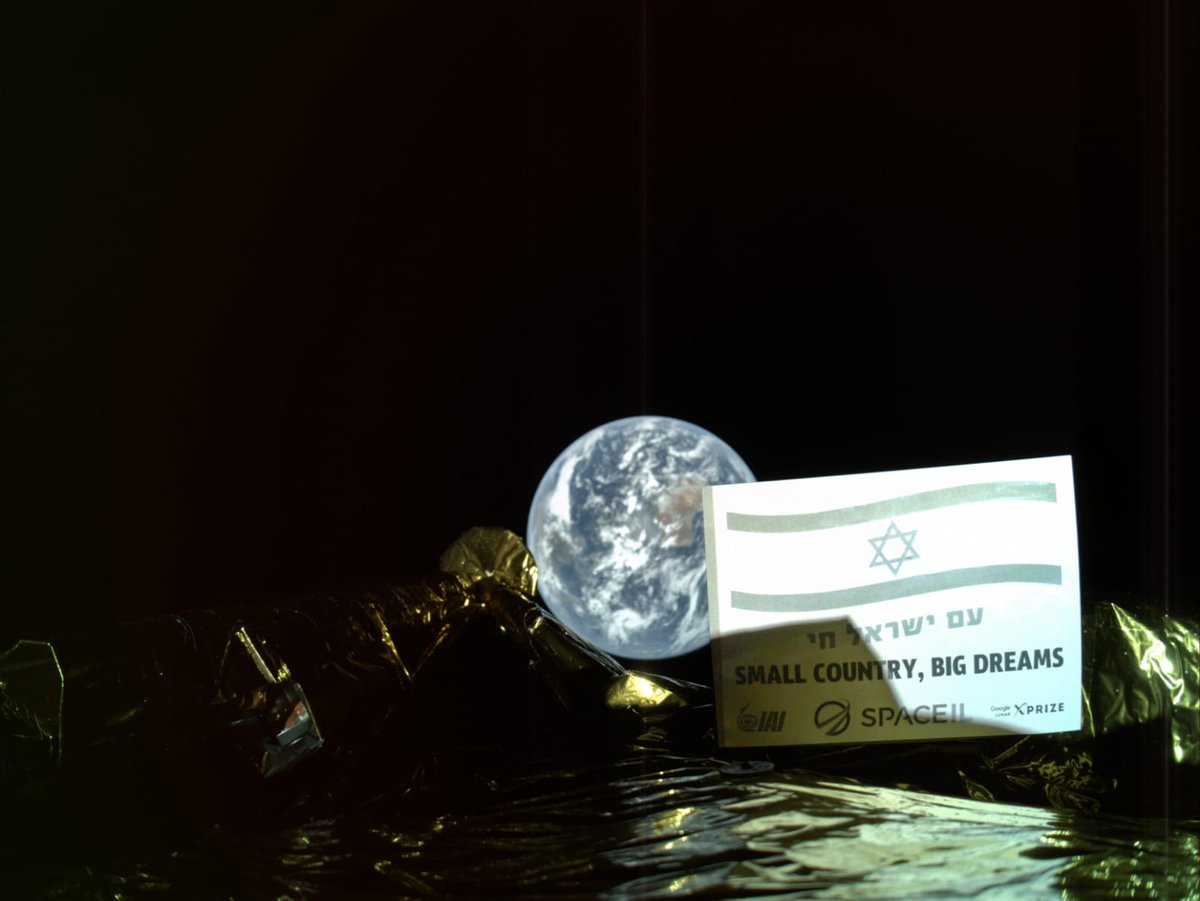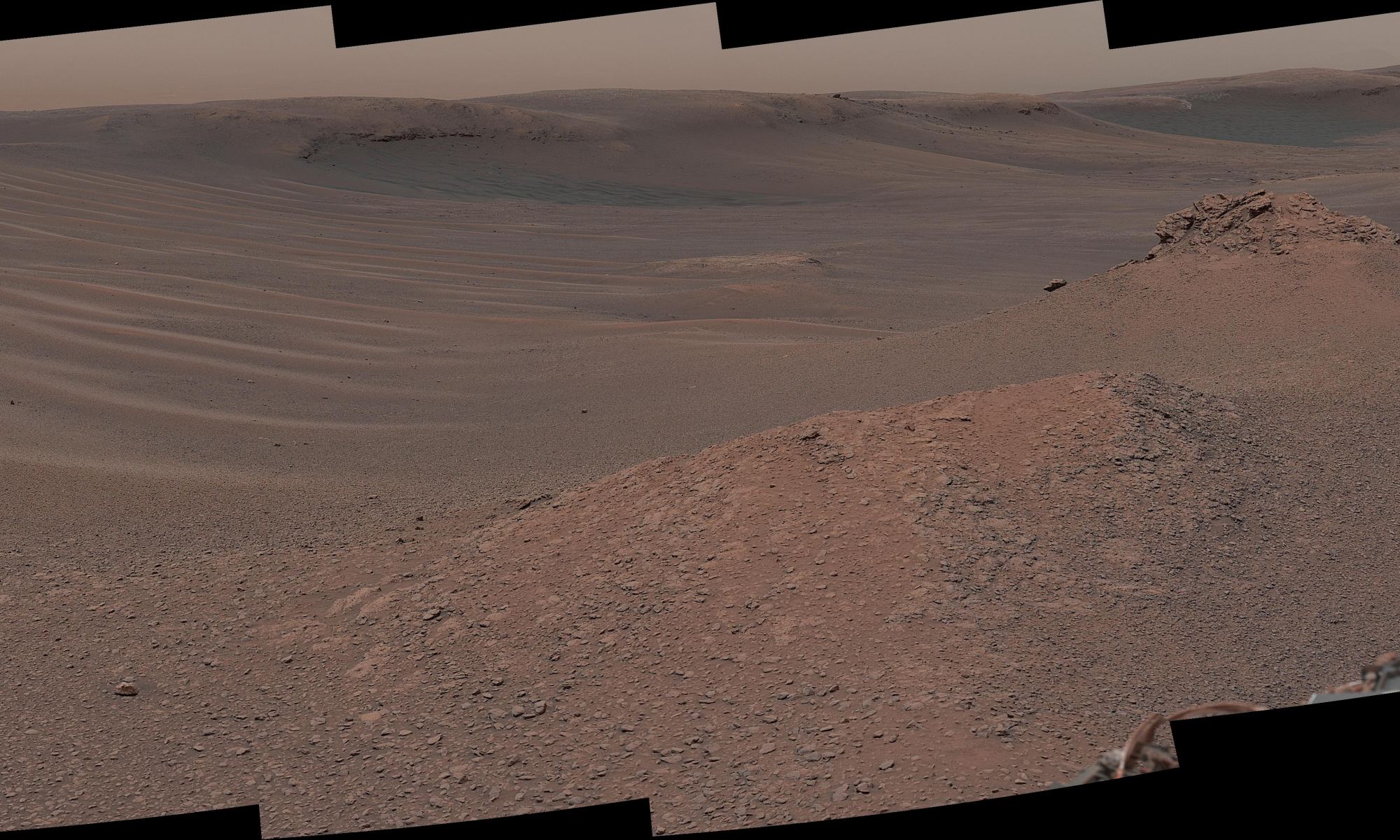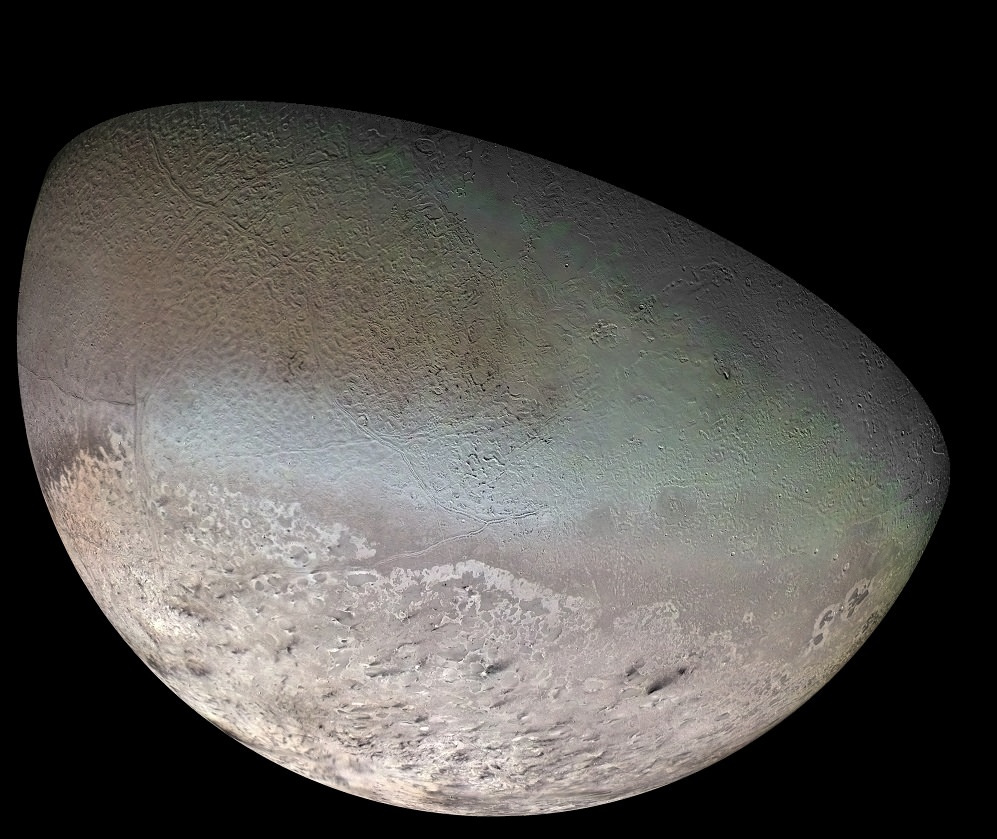In 2011, Microsoft co-founder Paul G. Allen and Scaled Composites founder Burt Rutan announced the creation of Stratolaunch Systems. With the goal of reducing the associated costs of space launches, the company set out to create the world’s largest air-launch-to-orbit system. After many years, these efforts bore fruit with the unveiling of the massive Scaled Composites Model 351 Stratolaunch air carrier in the Summer of 2017.
Similar in principle to Virgin Galactic’s SpaceShipTwo, this behemoth is designed to deploy rockets from high altitudes so they can send payloads to Low-Earth Orbit (LEO). After multiple tests involving engine preburns and taxiing on the runway, the aircraft made its inaugural flight last weekend (Saturday, April 13th) and flew for two and half hours before safely landing again in the Mojave Desert.
Continue reading “The World’s Biggest Aircraft – the Rocket-Launching Stratolaunch – Completes its First Test Flight”
